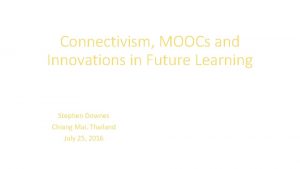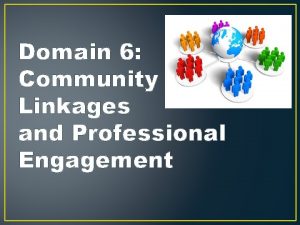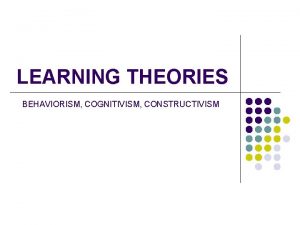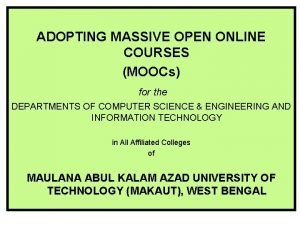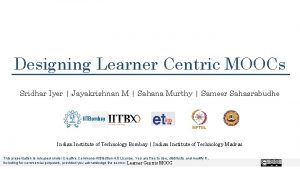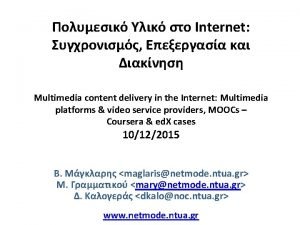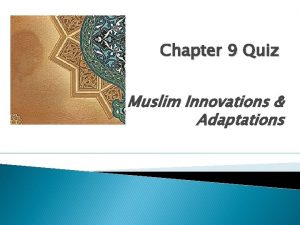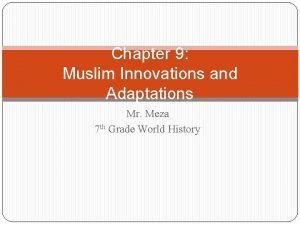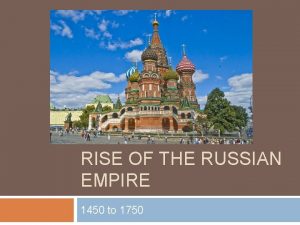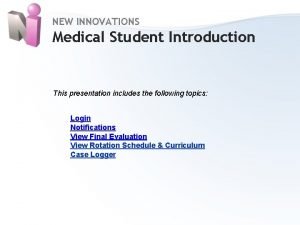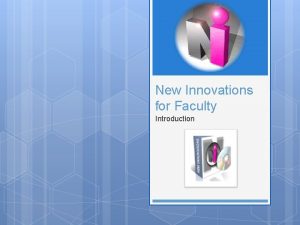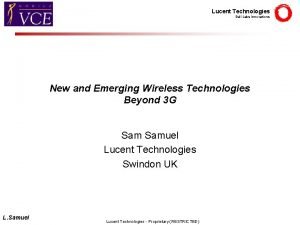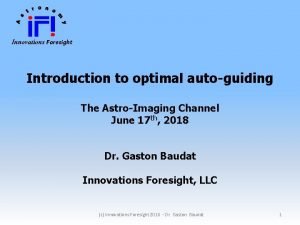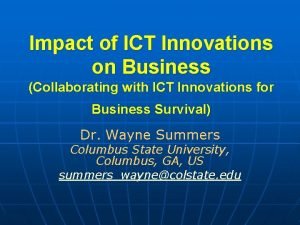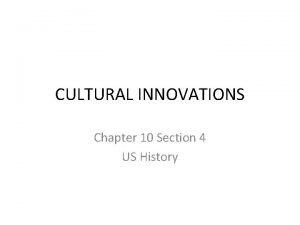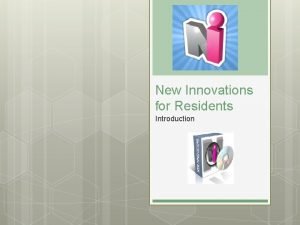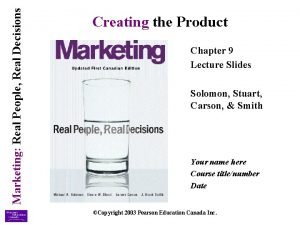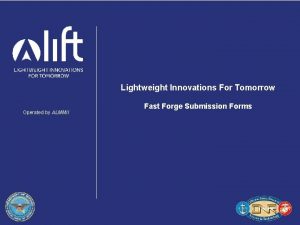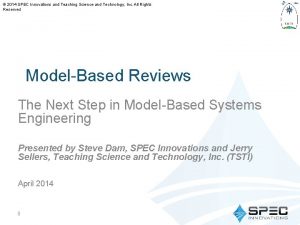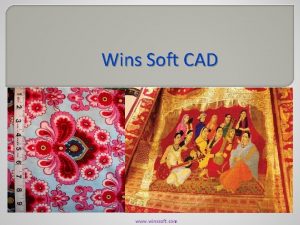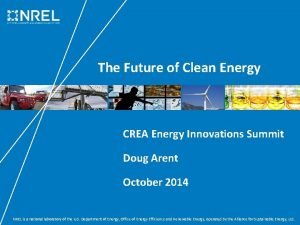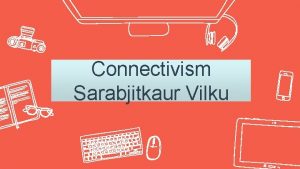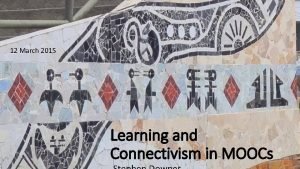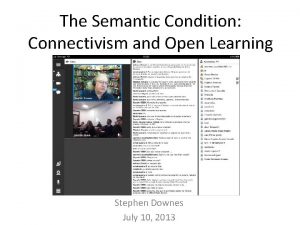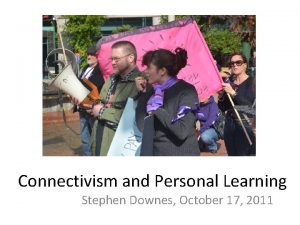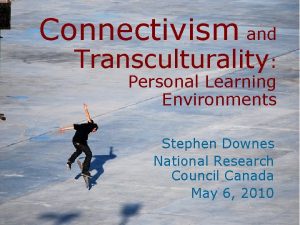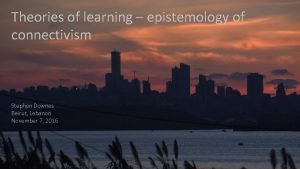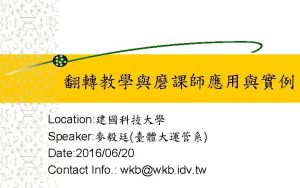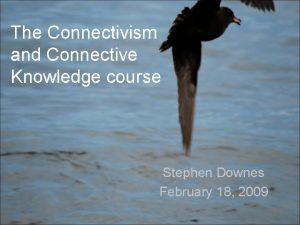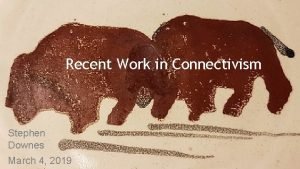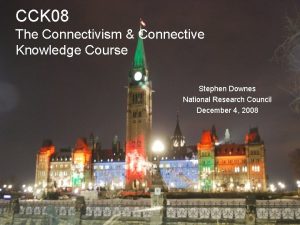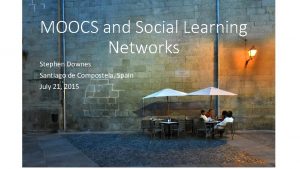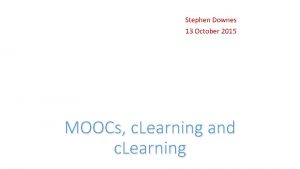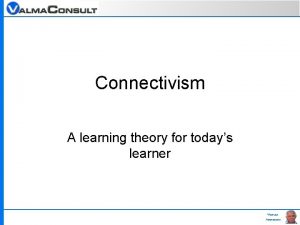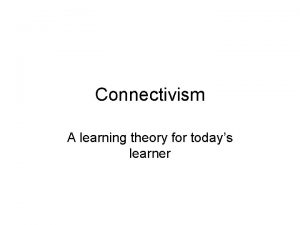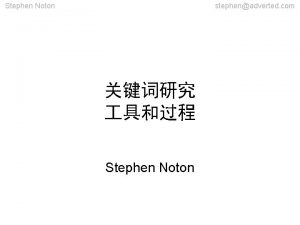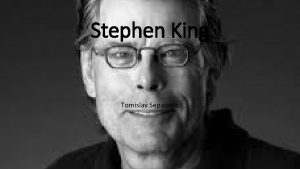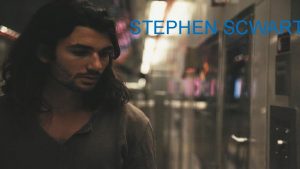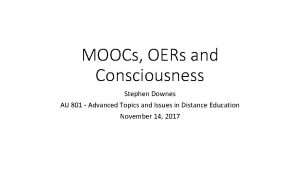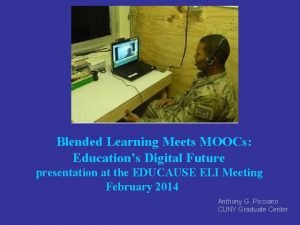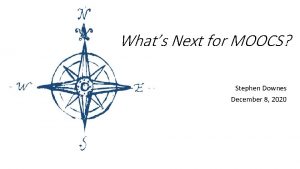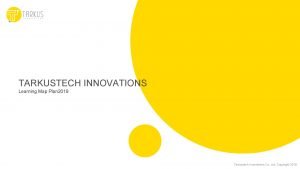Connectivism MOOCs and Innovations in Future Learning Stephen






































- Slides: 38

Connectivism, MOOCs and Innovations in Future Learning Stephen Downes Chiang Mai, Thailand July 25, 2016

My work is focused around a few core areas: educational theory - specifically, ways of describing how we learn, framed as 'network learning' or 'connectivism‘ educational technology - models and systems for supporting and distributing learning through technology policy and process supporting free and open access to learning

1 Educational Theory

Reading the World: I don’t see the world as neat and ordered, like logic and mathematics – I see it as messy and complex, like a language I don't really think the answer to "do you understand? " is "let me demonstrate". It’s too easy to fake. But there’s a sense in which knowing is about doing rather than some mental state

Method as Discovery: You don’t learn a language, you discover it To discover a language is to be immersed in it, to speak it and listen to people speaking in it My scientific method (if it can be called that) is to go to the office each day and immerse myself in the world – to try listening, and to try speaking

Knowledge: is created by networks of connected entities Can be personal knowledge, as in neural networks Can be computational knowledge, as in connectionist software Can be social, as in social network theory

• Personal knowledge: The organization of neurons • Public Knowledge: The organization of artifacts - A common underlying logic: graph theory, connectionism, social network theory, etc. - If a human mind can come to 'know', and if a human mind is, essentially, a network, then any network can come to 'know', and for that matter, so can a society.

Network Learning is the creation and strength of connections • Hebbian associationism, based on concurrency • Back propagation, based on desired outcome • Boltzman, based on ‘settling’, annealing Learning: is the development of these networks • A focus on both personal experience and social networks • Learning is a matter of practice and reflection • To know is to recognize

Learning Networks: • Networked learning is a process of developing and maintaining connections with people and information, and communicating in such a way so as to support one another's learning. • Instruction does not equate to learning. Curriculum is not driven by predefined inputs from experts. The community acts as the curriculum, spontaneously shaping, constructing, and reconstructing itself and the subject of its learning.

2 Educational Technology

Community and Connectives: • Nature of the knower: humans are more like connectives than collectives • Quality of the knowledge: collectives are limited by the capacity of the leader • Nature of the knowledge: collective knowledge is transmitted and simple (causeeffect, yes-no, etc) while network knowledge is emergent and complex

Network Development Principles : • Autonomy – each entity has its own values and objectives and decides for itself • Diversity – each entity in a network is unique in role, function and perspective • Openness – membership in the network is fluid; content (signals, messages) can enter and exit the network • Interactivity – knowledge in the network is created by the interactive process (as opposed to the content of signals propagated through the network)

A rough outline of a learning process: • Aggregate – seek out connections and obtain resources through those connections • Remix – join the resources from multiple connections together • Repurpose – adapt the remixed resources • Feed Forward – send the newly created resources on to the next nodes in the network

Massive Open Online Course (MOOC): • • ‘Massive’ by design - Network design avoids bottlenecks; scaling achieved by mesh ‘Open’ as in door - Free as in ‘beer’ and ‘libre’, Open as in ‘content’ and in ‘door’ ‘Online’ as in online - Local events encouraged, but the course isn’t offline ‘Course’ (as opposed to community) - In the sense of ‘a course of lectures’

x. MOOCs – the Big Elite Universities Way • Collections of centralized resources, Mass events (like videos, live events) • Automated grading etc. c. MOOCs – the Connectivist Way • Based on community, conversation, culture, Most importantly, are distributed

The Connectivist MOOC (c. MOOC) Design: Instead of seeing a course as a series of contents to be presented, envisions a course as a network of participants who find and exchange resources with each other (2008) • An initial structure is developed and ‘seeded’ with custom-built or (preferably) existing OERs • Participants are encouraged to use their own sites to create or share resources • A mechanism (g. RSShopper) is employed to connect them

Criticisms: • Dropouts - characterize users by the impact they have on the system: uploaders, commenters, subscribers, viewers, and lurkers (Avi Wolfman-Arent) • Quality - MOOCs are not second rate and they are not disappearing of being absorbed or anything else. Yes, they are ‘disruptive’ • Content - too much content, not enough time

Content: • Weinberger: We don't feel overloaded by the effects of 1. 3 million apple pie recipes or 7. 6 million cute cat photos. Why not? Because we're not expected to master them. But with information it's different, because there used to be so much less that we could master all the information. But not any more.

New Technology: • The structure of the MOOC is the structure of the network; the principles of the MOOC are the principles of the network • Explanations stem from analyses of patterns of relations… the autonomy of entities in the network, and … strong and weak ties

3 Free Learning

Free Learning and Connectivism: • These reinforce and depend on each other, for example, autonomy requires: • Access to learning materials and resources without cost or barriers • Connection with other learners by means of sending signals to other network entities (learners, instructors, friends and associates) • Open learning or the ability to join networks regardless of qualifications or social standing

Open Access and Open Educational Resources: Definition • OERs – UNESCO – “teaching, learning or research materials that are in the public domain or released with an intellectual property license that allows for free use, adaptation, and distribution. ” • Open Archives Initiative – “interoperability standards that aim to facilitate the efficient dissemination of e-prints

Open Education Logic Model: Taylor, J. C. 2007. Open courseware futures: Creating a parallel universe. e-Journal of Instructional Science and Technology (e-JIST), Vol 10, No. 1. Online: http: //www. ascilite. org. au/ajet/ejist/docs/vol 10_no 1/papers/full_papers/taylorj. htmmmmmmimmmmmmi mmmmm

Why Open Educational Resources? Learning activities are essentially conversations OERs are the words used in those conversations • Open design – enabling participants to create their own organization and structure • Example: touring a city vs being taken on a tour • The course as ‘environment’ rather than ‘book’

4 Innovations

Machine learning and AI • decision engines - these are expert systems that are based on rule-driven strategies • pattern recognition - perceptual systems that identify patterns from partial or disorganized data • cluster detection - detecting nearest neighbours and categories of things

Personalized Learning • Rules-Based Events (like notifications) • User Models • Adaptive Learning

Handheld and Mobile Computing • Performance Support • The future of learning isn’t the mobile phone • It’s in the integrated performance support system

Badges and Blockchain • Belshaw: we could prove beyond reasonable doubt that the person receiving badge Y is the same person who created evidence X. • Sony plans to launch a testing platform powered by blockchain and that IBM plans to offer 'blockchain-as-a-service, '"

Competency and Skills System (CASS)

Games, Sims and Virtual Reality • ‘Gamification’ – adds game elements to learning • ‘Serious Games’ – employs a game to facilitate learning What happens when companies know the state of all your devices? • Learning Tools • LTI Producer – provides features • LTI Consumer – connects to features

Translation and Collaborative Technology • Communication is and will be everywhere • But the future lies in cooperation, not collaboration What happens when companies know the state of all your devices?

5 Transformatio n

Learning is Personal

The New Institutional Perspective • From Management to Meaning • Don’t do things to people, do things with people, help people do things • If we have to ask “how do we motivate people” then we’re taking the wrong approach – Kohn; “Knowledge sharing is your job” – Buckman; Provide opportunities for autonomy, mastery, purpose – Pink

Learning Outcomes • Learning a discipline is a total state and not a collection of specific states • It is obtained through immersion in an environment rather than acquisition of particular entities • It is expressed functionally (can you perform ‘as a geographer’? ) rather than cognitively (can you state ‘geography facts’ or do ‘geography tasks’? )

The New Model of Work and Learning • Sharing - create linked documents, data, and objects within a distributed network • Contributing - employ social networking applications of the Web to facilitate group communication • Co-creating - work through networks that facilitate cooperative group work toward common goals

http: //www. downes. ca
 Stephen downes connectivism
Stephen downes connectivism Stephen downes connectivism
Stephen downes connectivism Community linkages and professional engagement reflection
Community linkages and professional engagement reflection Behaviorism cognitivism constructivism
Behaviorism cognitivism constructivism Moocs makaut
Moocs makaut Iit bombay x
Iit bombay x Designing learner-centric moocs
Designing learner-centric moocs Internetmultimedia org live stream
Internetmultimedia org live stream Future continuous and future perfect exercises pdf
Future continuous and future perfect exercises pdf Future perfect simple continuous
Future perfect simple continuous Future nurse programme
Future nurse programme Cuadro comparativo e-learning y b-learning
Cuadro comparativo e-learning y b-learning Future continuous future perfect exercises
Future continuous future perfect exercises Summary of past and present
Summary of past and present Future plans and finished future actions
Future plans and finished future actions Future continuous
Future continuous Future continuous and future perfect objasnjenje
Future continuous and future perfect objasnjenje Why was polo a popular sport among wealthy muslims?
Why was polo a popular sport among wealthy muslims? Muslim innovations and adaptations
Muslim innovations and adaptations Marketing of high-technology products and innovations
Marketing of high-technology products and innovations Perfect future
Perfect future Past future tense adalah
Past future tense adalah Interrupted action in the past examples
Interrupted action in the past examples Present continuous and going to for future plans
Present continuous and going to for future plans Russian empire art and architecture 1450 to 1750
Russian empire art and architecture 1450 to 1750 Downstate new innovations
Downstate new innovations Http www new innov com
Http www new innov com Lucent technologies chip
Lucent technologies chip Innovations foresight
Innovations foresight Ict innovations for business
Ict innovations for business Lesson 4 cultural innovations
Lesson 4 cultural innovations New innovations duty hours
New innovations duty hours Next level innovations
Next level innovations Marketers classify innovations based on their
Marketers classify innovations based on their Almmii
Almmii Innovations in modern banking
Innovations in modern banking Spec innovations
Spec innovations Wins soft innovations private limited
Wins soft innovations private limited Crea energy innovations summit
Crea energy innovations summit

